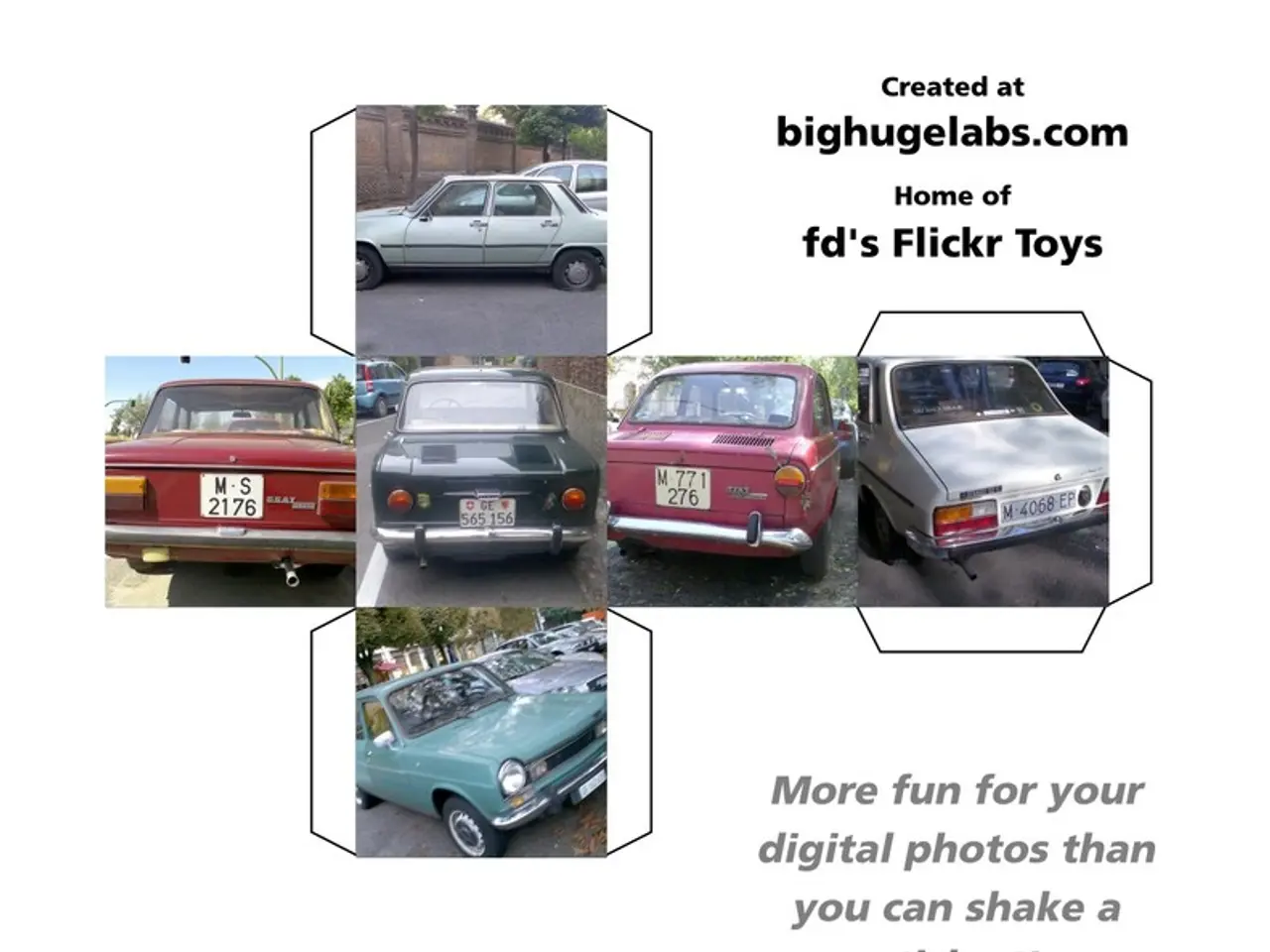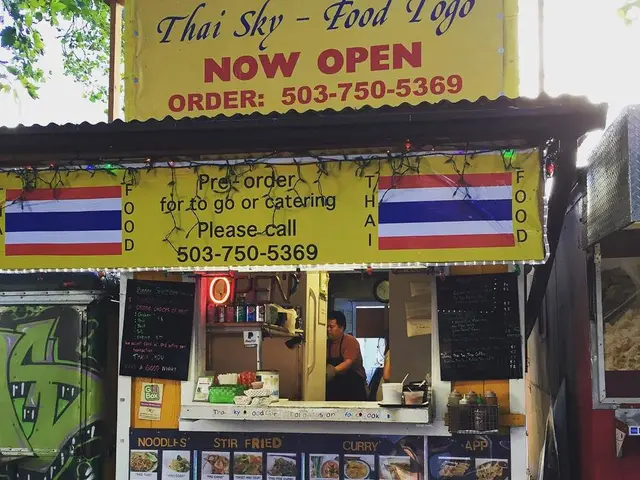Latest Developments in Autonomous Vehicles: Boston Dynamics, Toyota, Tesla, WeRide, HL Robotics, TIER IV, Mapless AI, and Waymo Making Waves in Self-Driving Technology
Toyota Research Institute Partners with Boston Dynamics to Develop General-Purpose Humanoid Robots
In a groundbreaking collaboration, Toyota Research Institute (TRI) and Boston Dynamics have joined forces to create general-purpose humanoid robots, combining advanced AI and robotics technologies. The focus is on enabling the Atlas humanoid robot with autonomous whole-body manipulation and locomotion through Large Behavior Models (LBMs).
The goals of this partnership include developing an autonomous humanoid capable of performing complex tasks without hand-coded instructions, addressing key challenges such as integrating whole-body sensing, understanding human-robot interaction, and ensuring safety and assurance. The ultimate aim is to create useful robots that can solve real-world problems and improve quality of life.
Significant progress has already been made. The Atlas robot has been demonstrated performing continuous, complex tasks like packing, sorting, and organizing by dynamically adapting to unexpected physical challenges using a single Large Behavior Model controlling arms and legs alike. This marks a departure from previous robotic architectures that separated manipulation and locomotion controls.
Meanwhile, HL Robotics has acquired Stanley Robotics, a company specializing in outdoor valet parking robots. Stanley Robotics' flagship product, "Stan," is an autonomous valet parking robot that navigates parking lots without time or space constraints.
In the automotive sector, TIER IV, a pioneer in autonomous driving software, is partnering with Hitachi Astemo to advance autonomous driving systems and software-defined vehicles (SDVs). Hitachi Astemo is developing a reference system (Internet of Vehicles Platform: IoV PF) for system development tailored to the needs of automakers.
WeRide has unveiled its latest generation of Robotaxi, GXR, the world's most spacious production Robotaxi model to date. GXR offers an impressive vehicle length of 5,018mm, an interior cabin height of 1,340mm, and a wheelbase of 3,100mm. The cabin features a soft-edged design to provide baby-level safety care.
The National Highway Traffic Safety Administration (NHTSA) has opened a Preliminary Evaluation of Tesla's Full Self-Driving (FSD) system to assess its ability to detect and respond appropriately to reduced roadway visibility conditions, among other factors. Four Standing General Order (SGO) reports have been identified in which a Tesla vehicle experienced a crash after entering an area of reduced roadway visibility conditions with FSD engaged. One of the crashes resulted in a fatal pedestrian strike, and one additional crash involved a reported injury.
The NHTSA's investigation is ongoing, and Tesla is cooperating fully with the agency. In response, Tesla has issued a statement emphasizing the importance of drivers remaining attentive and responsible when using the FSD system.
On the regulatory front, the partnership between TRI and Boston Dynamics is seen as a milestone in robotics research, combining TRI’s AI expertise with Boston Dynamics’ robotic platforms to accelerate the field toward practical humanoid robots. The acquisition is expected to be finalized before the end of the year and will capture a market worth USD 6.7 billion.
The market for autonomous parking robots is also expected to reach USD 6.7 billion by 2030, driven by space shortages, population growth, and increasing urban density. This partnership and the growing market for autonomous parking robots indicate a promising future for the automation of various industries.
- The fleet management industry may see significant advancements in the near future, as the collaboration between Toyota Research Institute (TRI) and Boston Dynamics aims to develop general-purpose humanoid robots that can perform complex tasks autonomously.
- In the automotive sector, the integration of technology is not limited to self-driving vehicles; TIER IV's partnership with Hitachi Astemo is aimed at advancing autonomous driving systems and software-defined vehicles (SDVs), further blurring the line between human-driven and automated transportation.
- The rapid growth of autonomous parking robots, as demonstrated by HL Robotics' acquisition of Stanley Robotics, signals a shift in the finance sector towards investing in technologies that cater to space shortages, population growth, and increasing urban density in the transportation industry.




